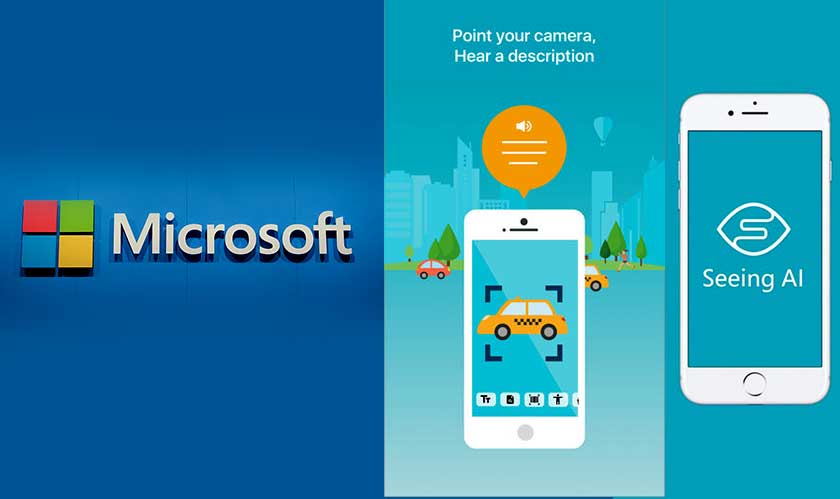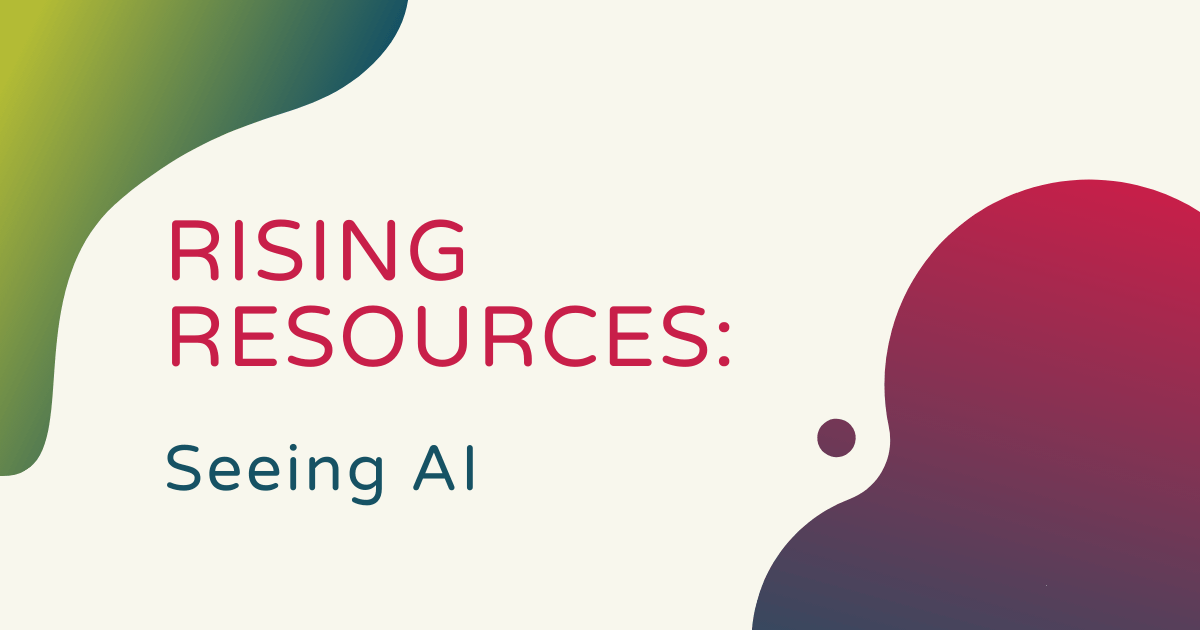Artificial intelligence is certainly one of those technologies that is on the rise—both in the tech world and in the education world. It’s a technology that today’s students will probably benefit from in some ways or be forced to try to master in other ways. Artificial intelligence has the potential to completely change the way we live, teach, and learn—and, to some extent, it already has had a significant impact on our day-to-day lives. Since tech experts believe that artificial intelligence will continue evolving and come to play an even larger role in the lives of today’s children, it’s important for them to understand as much as possible about it—without overwhelming them or making things too complicated. And, that’s one of the ways in which Microsoft’s Seeing AI can help.
Seeing AI is a free application developed by Microsoft, which is obviously one of the world’s leaders in productivity and educational software. With Seeing AI, users are able to discover a lot more of what it means for something to be artificially intelligent and how machines can learn about things like the environment that’s around them. Seeing AI helps fill a need for students (and adults) with certain types of physical disabilities—namely those who struggle with their vision. Essentially, the free Seeing AI app can be used to narrate the world around us, allowing students with vision difficulties to be able to gain a better sense of what’s nearby.
At the moment, the Seeing AI app is only available on iOS devices and it can be downloaded for free from the app store like all other apps. Seeing AI began as a research project and has leveraged the power of artificial intelligence to help those with little or no vision to be able to see and better understand the world around them. It can describe people, text, and objects so that those who cannot see are able to know what’s around them. Essentially, it acts as a narrator and describes everything in sight.

Seeing AI requires the use of your mobile device’s camera to view what’s in front of you. When objects appear in the camera’s field of vision, the AI describes verbally what it sees so that the user knows what’s present. They can also switch between channels and use Seeing AI to read text on signs, instructions, and labels. With Seeing AI’s short text feature, users are able to have the text read out loud to them as soon as it appears in front of the camera! In alignment with Microsoft’s vision for the app, it turns the visual world around us into an audible experience.
When activated, Seeing AI can also recognize the user’s friends, tell the user how far away another person is, what direction they are in, their approximate age, and their current emotions. Seeing AI can also be used to read entire documents or letters, guiding users on where to hold their phone so that it can see the document fully. It can even help users find the right items when shopping and identify which dollar bills they are pulling out of their wallet! While Seeing AI has a lot of in-school benefits to it, it can certainly be used by the greater community as well.
The same technology can certainly be harnessed in educational settings, allowing students to use mobile devices and the Seeing AI app to learn more effectively. Ideally, if being used in a classroom with more than a few students, kids should use headphones so that the speech feature of the app doesn’t cause confusion or become too loud if it’s being used by multiple students at one time. Seeing AI is a perfect example of how technology and artificial intelligence in particular can make the world more inclusive for low- or no-vision students and could lay some groundwork for the development of other, more advanced assistive applications that make use of AI in the future.
It might be hard to believe that all of these features can fit into one mobile application. On the other hand, identifying people and their emotions simply be pointing an AI-enabled camera at them could be just the beginning of the advances of AI. To learn more about Seeing AI from Microsoft, visit their website. And, after you’ve done that, be sure to check out our online store for the latest in educational and STEM solutions for the classroom. Be sure to follow us on Twitter and Instagram as well!



